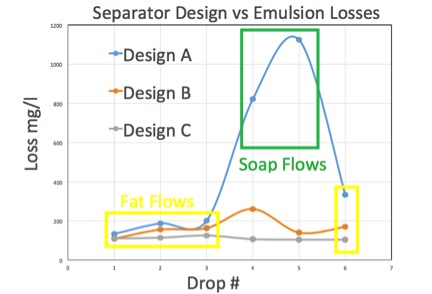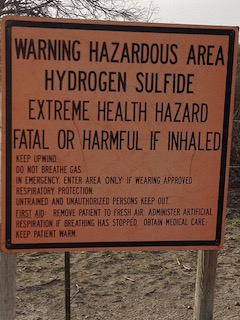How fatty acids plus metallic ions create monsters in your wastewater system
- Dec 8, 2015
 If you read our post on how emulsions can lead to fats, oil and grease (FOG) escaping a grease interceptor, you know that some grease will inevitably get into the wastewater system.
If you read our post on how emulsions can lead to fats, oil and grease (FOG) escaping a grease interceptor, you know that some grease will inevitably get into the wastewater system.
While the amount of grease getting through each day doesn’t seem that large, it constitutes what many feel is the greatest threat to the world’s sewer systems.
You might wonder why it would be a problem if the fats and oils have been emulsified — broken into tiny particles — through physical emulsion or, via soaps and detergents, chemical emulsion. And what that has to do with grease interceptor design.

 Think about the grease interceptor in your food service establishment.
Think about the grease interceptor in your food service establishment.